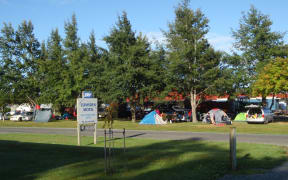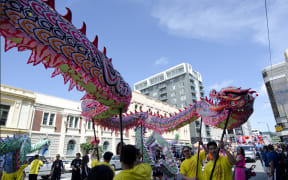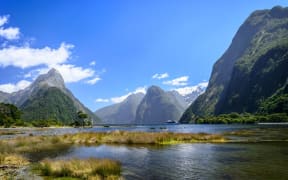Milford Sound is bursting at the seams, with record tourists expected to visit next year, and a group has been tasked with developing a plan to sustain that growth.
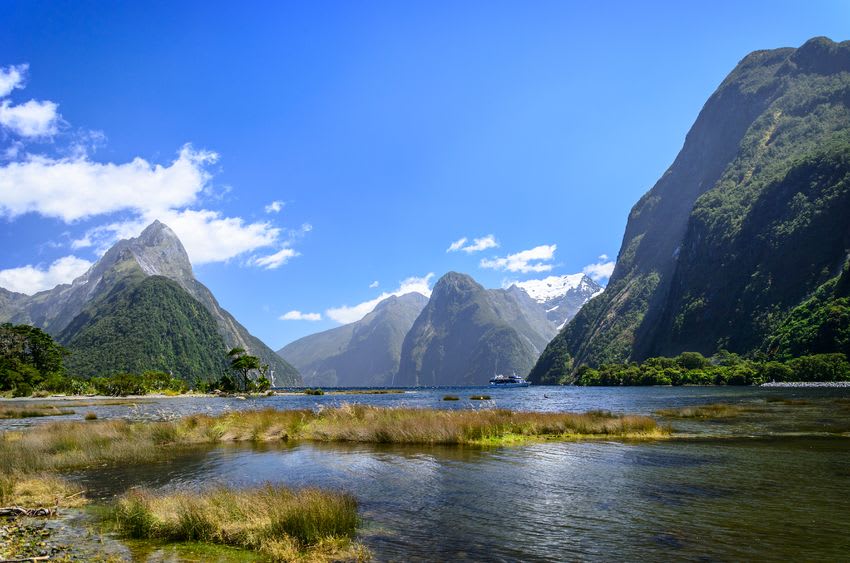
Milford Sound Photo: 123RF
The Milford Opportunities Project is an initiative spearheaded by the Southland District Council and encompasses all the agencies and stakeholders involved with Milford Sound, including NZTA, Ngāi Tahu, councils, the Ministry for Business, Employment and Innovation (MBIE) and the Department of Conservation (DOC).
They've been set the task of managing the growing popularity of Milford Sound and next week its governance group will travel to the country's most popular tourist destination on a fact-finding mission.
It's a timely visit, with tourist numbers to Milford Sound set to top one million in 2019 - that's compared to about 875,000 visitors in 2017. In 2012 visitor numbers were about 457,000.
The governance group will look at the pressure points in Milford and how best to manage and control the increase in visitor numbers, including how to encourage visitors to spend more time in the region and not just on a bus-day trip.
Chair of the governance group, Keith Turner, said Milford Sound was an iconic tourist destination and one of the key reasons people came to New Zealand.
"It's critical that growing demand for access to Milford is managed so that we don't destroy the experience they're looking for when they go there," he said.
Among the issues the group has identified are transport challenges, protecting conservation values in and around Milford and the constrained nature on Milford itself.
"This whole project got off the ground to look at a sustainable model and to reimagine how we can protect all of the values that are critical to New Zealanders and also allow international visitors to get a fantastic experience,'' Mr Turner said.
"The site is bursting at the seams. At the moment the demand for the area has increased by 12 or 15 percent per annum over the past five years, compared to tourism growing at 5 or 6 percent per annum.
"The site and the access can not sustain that.''
Mr Turner said the agencies involved had come together to look holistically at how to manage that growth.
"This is not about trying to stifle anything. This is about sustaining and protecting what we have so we basically don't shoot ourselves in the foot by destroying what people come to New Zealand for.''
Queenstown Lakes District mayor Jim Boult is one of the people on the governance group.
"The problem you have at the moment is the vast majority of the folk who visit Milford Sound turn up on buses from Queenstown late morning and leave mid-afternoon to go back again.
"So you've got this massive number of people through the middle of day but not later on. So what are the ways we can spread that out, how can we smooth that? So that's a priority,'' he said.
Mr Boult said the council was also interested in helping neighbouring provinces to grow their tourism businesses.
"So for us how do we get folk in rental cars to turn right when they come out of Milford rather than turning left back here [Queenstown], and getting them to go down to Southland and experiencing the wonderful sights and activities down there.''
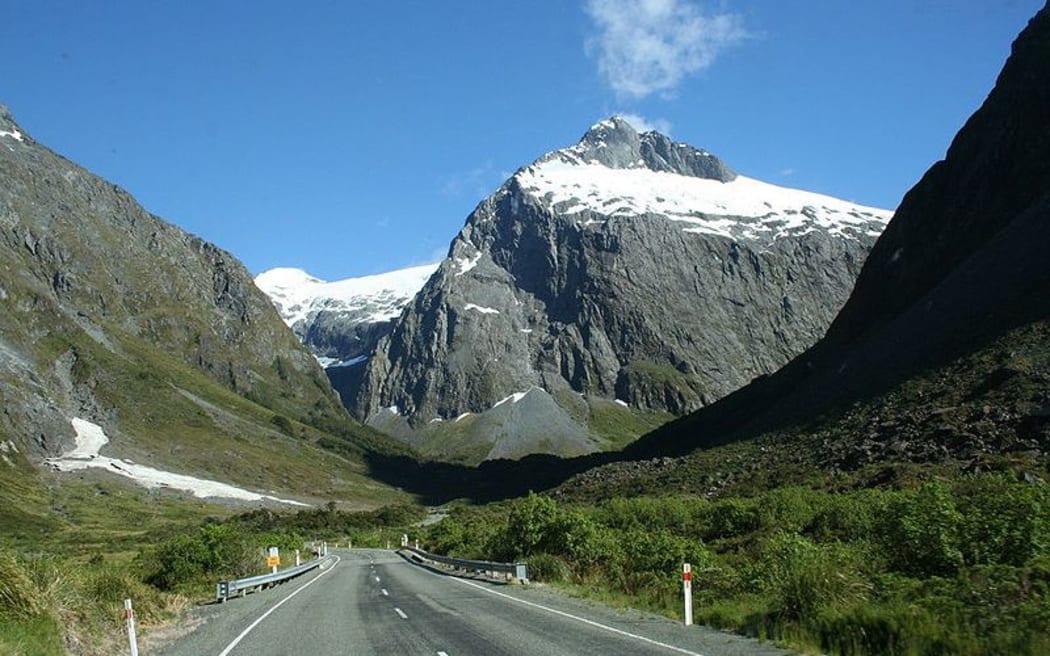
Milford Sound highway, pictured in 2007. Photo: MSeses / Creative Commons
Among those on the visit is Tourism Minister Kelvin Davis, who has visited the area before but not as a minister.
A spokesperson said the visit would allow him to see the opportunities and issues for tourism in the region.
The first meeting of the group was held in November and the focus for the year is getting a project manager on board and writing a masterplan but the group needed to collect facts first.
Dr Turner said the group wanted to "get a bit of imagination about this''.
"The trip into Fiordland is stunning but when tourists have to leave Queenstown at 7am and have to be back by 7pm, an awful lot of tourists on buses don't get time to experience it.''
He said 10 years ago tourists usually spent most of their time on a bus.
But now the independent traveller often made their mind up the night before about what they were going to do the next day and that meant a lot of opportunities to provide them with experiences that would "really blow their socks off".
Dr Turner said nothing had been ruled in or out yet and he did not want to pre-judge an economic approach but it needed to be sustainable.
